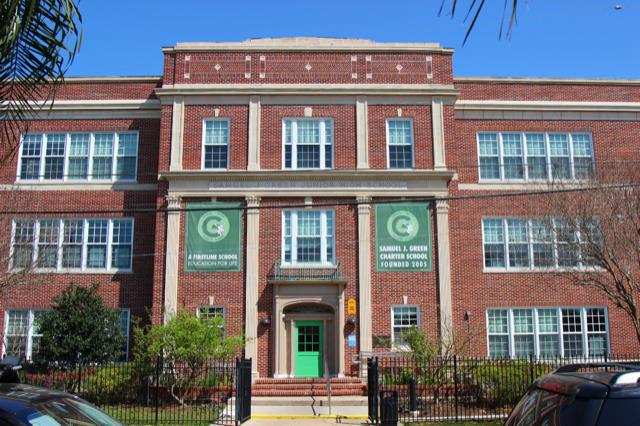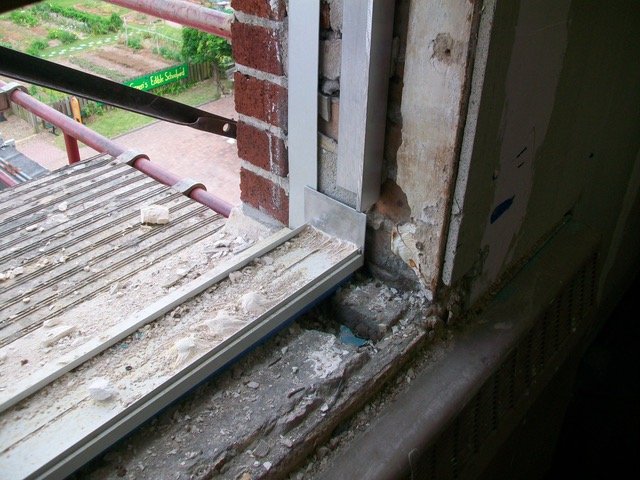
All photos courtesy Winco Window Co.
Samuel J. Green, a charter school serving students from kindergarten to grade eight, opened one week before Hurricane Katrina struck Louisiana in August 2005. Located in uptown New Orleans, the facility experienced some flooding, but was spared from the significant damage the Category 5 hurricane inflicted on nearby areas. The school was able to reopen in January 2006; however, it had its own obstacles to overcome.
The building housing Samuel J. Green was equipped with 1920s-style vintage wood windows, which presented some challenges when it came time to upgrade.
Samuel J. Green was one of five FirstLine charter schools to come under the supervision of the state-run Recovery School District, which took over most New Orleans public schools in 2005 and was responsible for repairing damage following Katrina. Fortunately, the district had enough funds to preserve historic buildings in the city—including Samuel J. Green. While moneys from Federal Emergency Management Agency (FEMA) also came into Louisiana following the hurricane, it took a while for this funding to reach specific projects, such as the historic facility’s restoration.
Decades before Hurricane Katrina, while still part of the New Orleans public school system, the facility’s broken window panes were replaced with plexiglass, which was selected as temporary measure for its affordability and easy installation. Unfortunately, the material was not without its problems; as time passed, the plexiglass yellowed, creating unappealing, dingy windows that filtered unnatural, yellow light into the building and fostered an uninspiring learning environment.
While the plexiglass had been installed more than 20 years prior, the school’s window frames had not been attended to in 50 years. Thus, when FEMA’s funding came through, the Recovery School District board prioritized the installation of new windows at Samuel J. Green.
Officials wanted to preserve the aesthetic of the original wood windows and looked for a historical window replication that would also offer hurricane-tested frames, glass, and glazing. Architects from Verges Rome worked with manufacturers to recreate the windows’ original wood profiles, which would then be fitted with glass with window performance to meet 225 km/h (140 mph) wind zones. The manufacturer replicated the exact profiles from the original building by creating custom perimeter profiles and installing low maintenance double-hung windows, featuring 3.2-mm (1/8-in.) aluminum sills.

One of the challenges faced during installation, however, was the size of the fasteners. For most window installations, the manufacturer would put fasteners at the head and the sill; however, for the installation at Samuel J Green, they needed to anchor the new installation into aged, lightweight brick in order to attach them.
To ensure a sufficient bite into the solid brick to secure the frames, installers used 9.5-mm (3/8-in.) fasteners that were 152 mm (6 in.) long at each jamb—which were colloquially referred to as “monster fasteners” for their nonstandard size. The team spent two days installing the first window to ensure it was done correctly and would be able to withstand hurricane winds, as well as the test of time.
The installation was completed on schedule, with all work taking place over the school’s summer break. When students and teachers returned to Samuel J. Green in the fall, they were met with a clean, cohesive building exterior and a bright, naturally lit interior.




